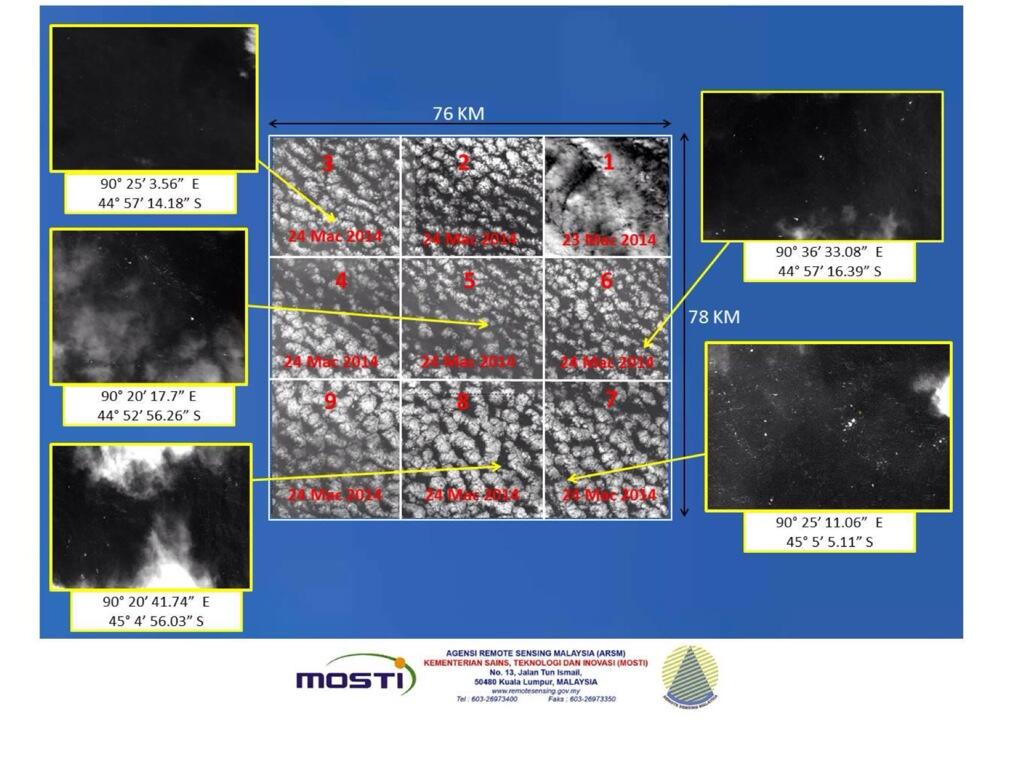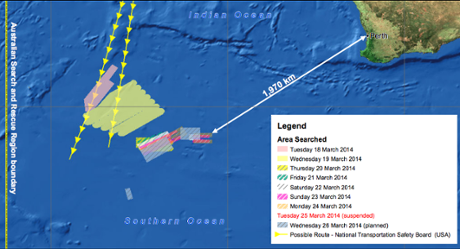If the orbit is inclined with respect to the earth's equator, even a perfectly circular orbit would result the exact position of the satellite wobbling back and forth.
I'm pretty sure I understand what you mean. I'll just paraphrase. When viewed from the reference frame of the rotating surface of the earth, the satellite's position will appear to drift back and forth across the earth's surface. This is due to the fact that the satellite's orbit is not perfectly circular and slightly inclined with respect to the equator.
True for the inclined orbit part and almost what I meant in general. Let me try to clarify with some thought experiments.

In each case, the center axis of the satellite is fitted with a laser pointer whose objective is to put a dot on the surface of the Earth with no motion on the dot. And because this is a thought experiment, you can magically see that dot if it moves and even see its track as it moved.
Case 1: The satellite has no variation from the equator and its orbit is perfect - but the satellite is wobbling in place around its own axis. Your laser dot will trace something like a figure-8. If only a relatively small piece of time is involved, you'll see a curve traced.
Case 2: The satellite intended orbit has no variation from the equator and it's perfect about its own axis - but it's not perfect in its orbit. Your laser will trace a curve over a small period of time with respect to the period of the error time.
Case 3: The satellite is positioned perfectly and has no orbital error but it's flying at an inclination. Your laser dot will trace something like a figure-8. If only a relatively small piece of time is involved, you'll see a curve traced.
And there are other motion components and that leads to:
Case 4: What is likely is that at least all three cases apply to some extent. The figure you'd see would not fit any simple pattern when viewed on the ground.
Or for viewing the ground trace from the satellite in space of those motions added together. Or for viewing the trace on the airplane position. And bringing it all home - for viewing the frequency of the signals sent from the airplane.
It's tempting to believe that the dominant factor is case 3 because common sense says that the satellite must have moved some greater distances during the time involved. It may be true and it may be that simple.
But - we don't know that.
And neither do we know if the 1/3 portion of the satellite's elliptical path had it somewhat parallel to the plane's path during the time in question. If that happened, then the assumed great travel factor would be very much reduced where the Doppler effect would be concerned. And then at tens of thousands of miles of distance, perhaps the motion from the first two cases would be more important.
And it's not unreasonable that when Inmarsat said wobble they were talking about some sort of generalized version in an effort to explain the complex factors that all hit at once.
And the press isn't even getting to that simplified version.

Perfection is not absolutely necessary when putting satellites in orbit. If you look at the entire solar system, all of the planets' orbits are slightly inclined with respect to each other. None of the orbits are circular (although they are close to being circular). Yet, the planets are all in stable orbit. The same applies to satellites around earch. You don't have to be perfect. You can be off a bit and still have the satellite able to perform its primary function.
Absolutely correct - you don't need perfection and you're not going to get it. You do need overall stability over time.
What is important for tracking the plane is actually this imperfection in the satellite's orbit. If the satellite were in a perfectly circular orbit that is not inclined to the equator, we would not be able to use it to determine its flight path to a reasonable degree of accuracy because then there would be no difference in the doppler effect between the northern or southern route.
I hate to do this, I really do: probably, maybe, absolutely yes and absolutely no.
Incorrect because that's saying which slice of the figure-8 from an inclined orbit would be more important.
If all we had were the figure-8 from the inclined orbit, circular or elliptical, then there would be some parts of that figure-8 that would be really great for a Doppler analysis with respect to the plane's relative motion and some parts that would be really crappy.
If the imperfection in the satellite's orbit is too great or small, and parallel or not at the same time, we get the same conclusions - great here, crappy there.

I hope it doesn't come across that I'm trying to argue minutia.
What I'm trying to say is, the answer is still an easy concept, but it probably contains several easy parts put together - and that's where the complexity comes in.
I'm very impressed with the people of Inmarsat who were able to deduce the flight path.
Boy, you can say that again!
Satellites do have the ability to make a limited number minor corrections to its orbit. I recall a few decades ago, one of the weather satellites failed. They had a backup and over the course of weeks or months, it slowly drifted over to take the place of the failed satellite. The drift of this satellite appears to be within the accepted tollerance for the satellite to perform its primary function.
Exactly. And it's exactly why we say that satellites are in flight. More precisely, it's controlled flight.
Normally, you need at least 2 satellites in order to triangulate its exact position based on information of its direction only. You need 3 in order to triangulate based on information of its distance only. The scientists/engineers had a brilliant idea using the doppler effect which would identify its velocity as well as distance to pinpoint the plane.
It's really the first of its kind and an outstanding piece of work - brilliant is an excellent description!







 ound:
ound:


